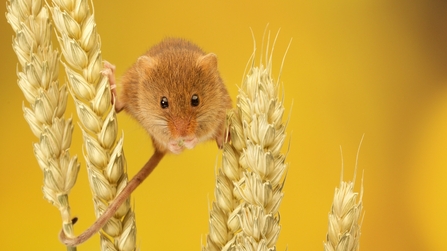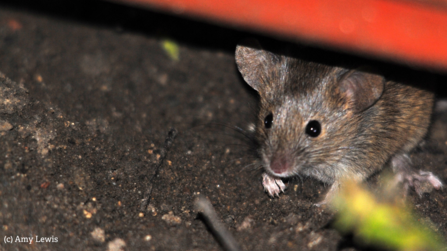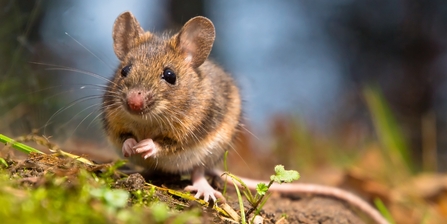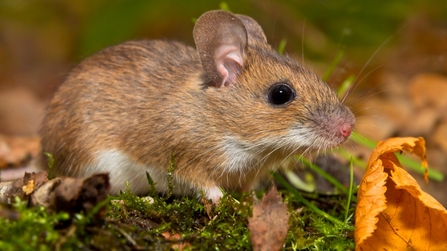Rodents are widely misunderstood. They vary greatly in behaviour and appearance. Some have confusing names, like the hazel dormouse, which isn’t a mouse at all. And brown rats were given the scientific name Rattus norvegicus, but they originated from Asia and not Norway!
We have 18 species of rodent in the UK, including the voles, squirrels, dormice and true mice. The largest native rodent is the Eurasian beaver, which with a weight of up to 30kg is almost 20 times heavier than the red squirrel, our second largest fully native rodent. Of those 18 species, four of them are mice: another widely misunderstood group of mammals.
Mice play a key role in the natural environment; from distributing plant seeds to being prey for animals like owls and foxes. When small rodent populations are low, the number of their predators falls dramatically too. Mice have short life spans in the wild, with an average of just one year. Population sizes can vary with weather conditions and food availability.





